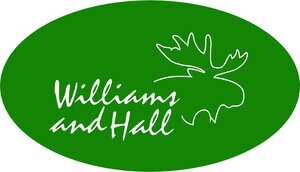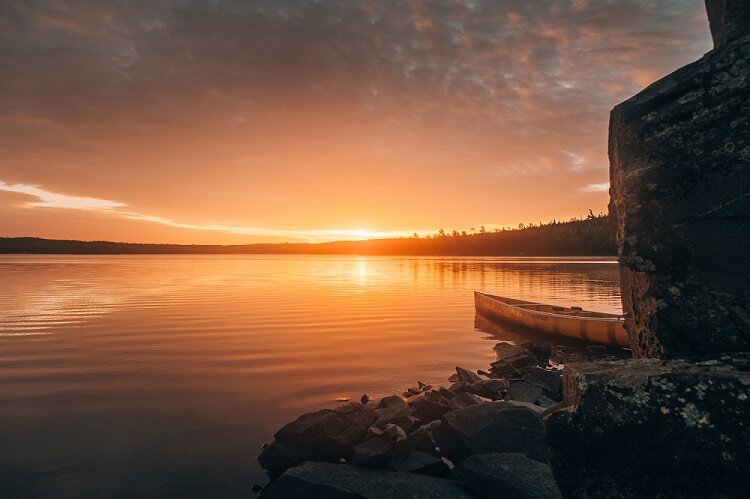Leave No Trace of Your BWCA Canoe Trip
It is shaping up to be busy summer in the Boundary Waters. BWCA entry permits are getting scarce, particularly from mid-June to mid-August. Two factors are contributing to this.
First, people are looking to get outside after our year of Covid lockdown. And second, the U.S. – Canadian border remains closed (except for essential travel), making access to Quetico Provincial Park impossible.
(It should be noted that I just read an article on Bloomberg discussing initial discussions about re-opening the border in the coming weeks).
The Boundary Water Canoe Area Wilderness is Huge
The good news is that the Boundary Waters entry permit system is designed to minimize traffic in the canoe wilderness even when all of the permits are in use on any particular day. The goal of the entry permit system is to insure a true wilderness experience of "expansive solitude, self-discovery, challenge, risk and personal connection with nature. The BWCAW allows visitors to canoe, portage and camp in the spirit of those travelers that came before them centuries ago. ”
The BWCA is over 1 million acres in size with about 2,200 designated campsites situated across over 1,000 lakes and streams. There are 1,200miles of canoe routes along with 12 hiking trails. There is plenty of room to find your own place in the wilderness.
Show Vigilance This Summer
Even so, during times of heavy use of any wilderness area, we must all be vigilant to in keeping the wilderness just that, a wilderness. With heavy usage this summer, there will be added pressure on the resources of the BWCA wilderness - land, water and wildlife. The Superior National Forest Service is particularly concerned about growing issues including:
· The cutting of live trees.
· Human waste that is not properly disposed of.
· Trash left in campfire rings.
· Improper food storage.
· Campfires left unattended.
· Oversized and unruly groups.
· Groups without permits.
Leave No Trace That You Were There
In order help alleviate these pressures on the Boundary Waters, the Forest Service is asking all BWCA campers to do two things. First, learn the specific rules and regulations of the BWCA wilderness. Second, understand the principles of Leave No Trace camping.
Over the years, the Forest Service has developed regulations specific to the BWCA. These regulations reflect the uniqueness of this canoe wilderness. Although not always apparent to the typical camper, these regulations are an attempt to help current future wilderness visitors have a great experience.
Did you know that Williams and Hall Outfitters is a partner with Leave No Trace? We have always worked with our customers to have a rewarding and safe wilderness canoe trip, while having no lasting impact on the wilderness itself. We subscribe to the seven principles of Leave No Trace.
1. Plan ahead and prepare.
2. Travel and camp on durable surfaces.
3. Dispose of waste properly.
4. Leave what you find.
5. Minimize campfire impacts
6. Respect wildlife.
7. Be considerate of others.
When you reflect on these seven principles, you realize that adhering to them really does deal with the challenges listed above that the Forest Service is concerned about.
More Guidance
To make it easier, the Forest Service has prepared a new Boundary Waters Canoe Area Wilderness Trip Planning Guide that you can find here. It includes BWCA regulations and the principles of Leave No Trace, along with links to videos. Definitely worth the read. And if you have any questions, just give us a call and ask.
Paddle on. Be Free.


